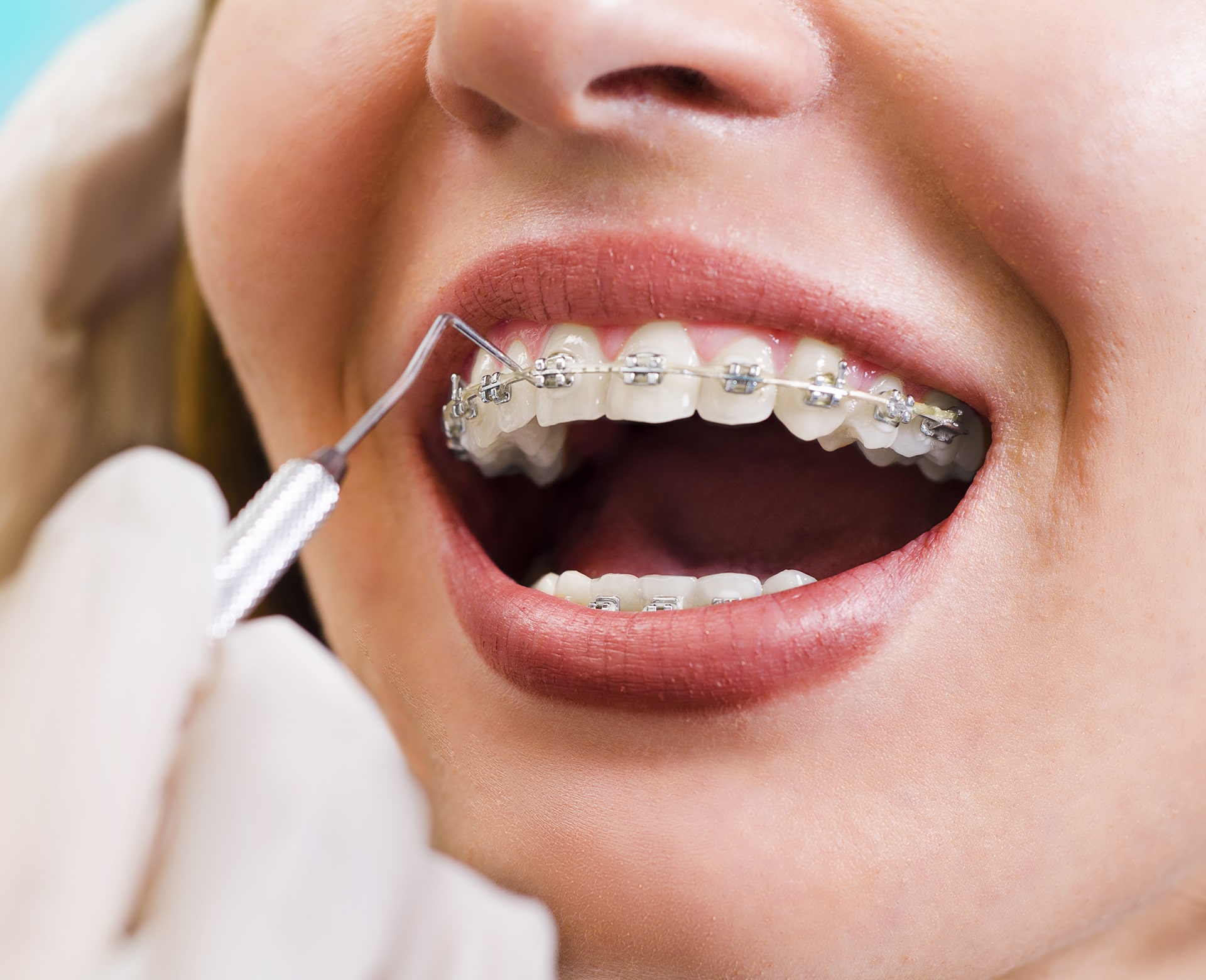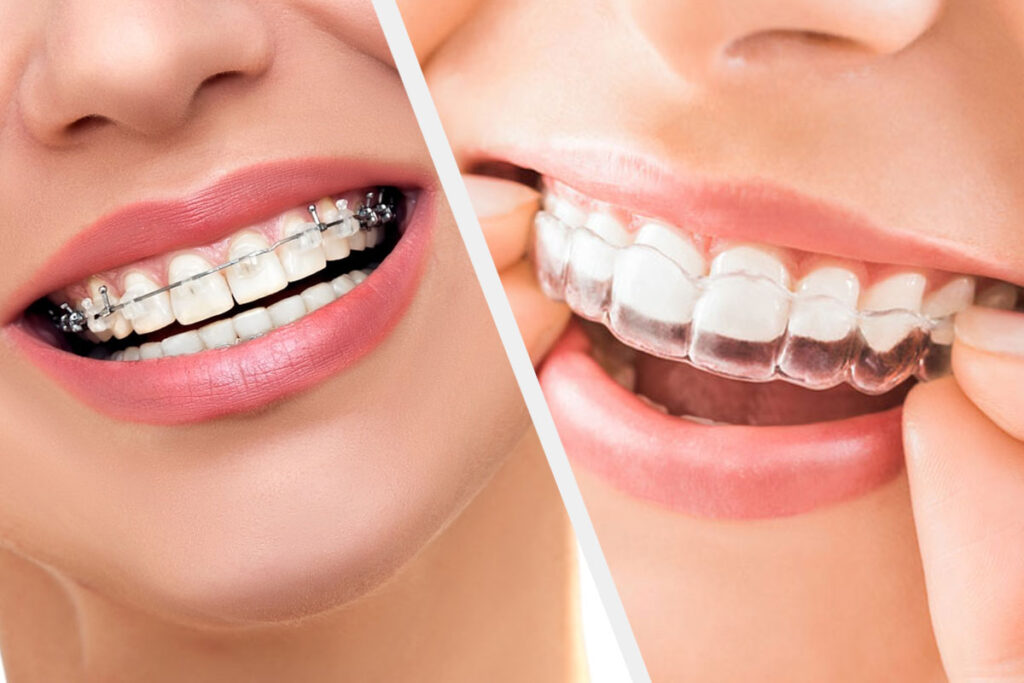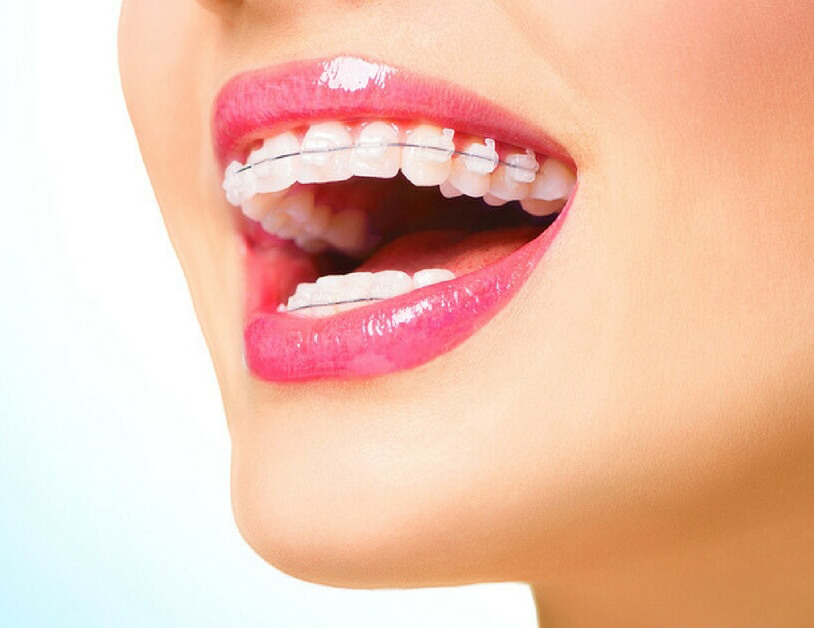Root resorption treatment is a critical aspect of orthodontic care, ensuring that teeth remain healthy and stable during and after braces or other alignment treatments. Root resorption, the gradual loss of tooth root structure, can occur as a side effect of orthodontic adjustments. Proper dental health monitoring and timely interventions are essential to minimize its impact.
This article explores the causes of root resorption, how it is detected, and the strategies dentists use to treat and prevent it in orthodontic patients.
What Is Root Resorption?
Root resorption occurs when the body breaks down and absorbs the root structure of a tooth. While some resorption is mild and doesn’t impact oral health, severe cases can compromise tooth stability.
Types of Root Resorption:
- External Apical Root Resorption (EARR):
The most common type in orthodontic patients, occurring at the tips of the roots due to mechanical forces. - Internal Root Resorption:
A less common form, where the resorption starts within the tooth, often triggered by inflammation or trauma.
Causes of Root Resorption in Orthodontic Patients
1. Orthodontic Forces
Excessive or prolonged pressure on teeth during orthodontic treatment can damage the periodontal ligament (PDL) and surrounding bone, leading to root resorption.
2. Genetic Predisposition
Some individuals are more susceptible to root resorption due to genetic factors.
3. Tooth Anatomy
Teeth with shorter, thinner, or abnormal root shapes are at a higher risk of resorption during orthodontic movement.
4. Trauma or Inflammation
Previous dental injuries or untreated inflammation can weaken roots, making them more prone to resorption.
Diagnosing Root Resorption
Dentists and orthodontists use advanced imaging techniques to monitor for signs of root resorption:
- Digital Radiographs:
X-rays taken during routine orthodontic visits help detect changes in root structure. - CBCT Scans (Cone-Beam Computed Tomography):
These 3D images provide detailed views of tooth roots, allowing for early detection of resorption.
Key Signs Dentists Look For:
- Shortening or blunting of tooth roots.
- Radiolucent areas indicating internal or external resorption.
- Tooth mobility in severe cases.
Root Resorption Treatment Options
The treatment approach depends on the severity and progression of the resorption.
1. Reducing Orthodontic Forces
Dentists may adjust the force and duration of orthodontic treatment to alleviate stress on the roots.
- Switching to lighter wires or slower tooth movement can minimize further damage.
2. Monitoring Progress
Close monitoring with regular imaging ensures resorption is identified early and managed promptly.
3. Inflammation Control
Treating underlying conditions like gum disease or infection can halt resorption caused by inflammation.
- Scaling and root planing may be necessary for periodontal health.
4. Regenerative Treatments
In severe cases, regenerative endodontic procedures may be attempted to stimulate healing and repair damaged root tissue.
Preventing Root Resorption During Orthodontic Treatment
1. Comprehensive Pre-Treatment Assessment
- Evaluating patient risk factors, such as genetics, tooth anatomy, and oral health, helps dentists create safer orthodontic plans.
2. Using Gentle Orthodontic Forces
- Applying lighter, more controlled forces reduces the risk of stress-induced root resorption.
3. Regular Dental Health Monitoring
- Routine check-ups and imaging allow for early detection and intervention if resorption begins.
4. Optimizing Treatment Duration
- Minimizing the time teeth spend under orthodontic force can significantly lower the risk of resorption.
5. Patient Education
- Informing patients about the importance of good oral hygiene and regular dental visits helps maintain periodontal health, reducing resorption risks.
Long-Term Outlook for Patients
With early detection and appropriate care, most cases of root resorption can be managed effectively without compromising dental health. Severe cases may require additional treatments, such as bonding or crowns, to restore tooth stability.
Root resorption treatment and prevention are essential components of orthodontic care. By using advanced diagnostic tools and tailoring orthodontic forces, dentists can minimize risks and ensure better outcomes for their patients. Regular dental health monitoring and patient cooperation are vital to maintaining strong, healthy teeth throughout orthodontic treatment.



